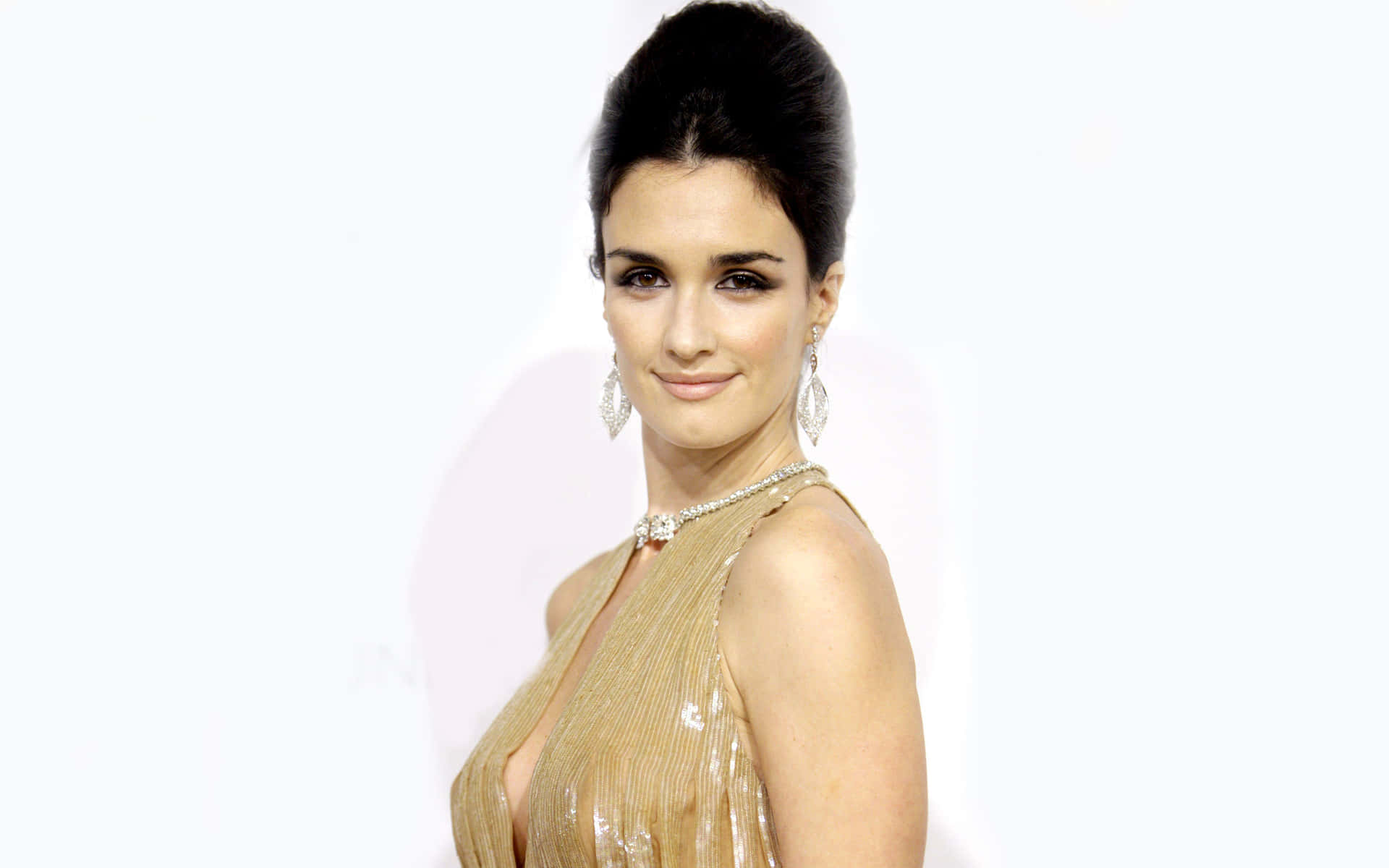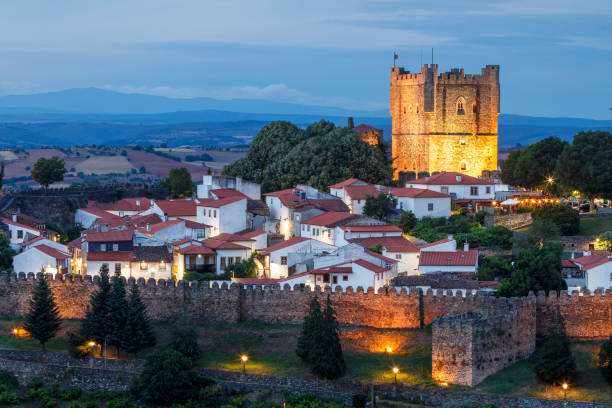love4livi.com – Paz Vega, a name synonymous with elegance, talent, and versatility, has captivated audiences worldwide with her stunning beauty and exceptional acting skills. Born on January 2, 1976, in Seville, Spain, Vega’s journey from a small town to international stardom is a testament to her dedication and unwavering passion for the craft.
Early Life and Career Beginnings
Growing up in Seville, Vega’s love for acting was evident from a young age. She pursued her passion by enrolling in acting classes and participating in local theater productions. Her breakthrough came in 1997 with the Spanish film “El amante bilingüe,” where she delivered a powerful performance that garnered critical acclaim.
A Rising Star
Vega’s talent quickly caught the attention of renowned filmmakers, leading to a series of successful films. Her portrayal of diverse characters, ranging from passionate lovers to strong-willed women, showcased her versatility and range as an actress. Some of her notable works include “Lucía y el sexo” (2001), “Spanglish” (2004), “The Spirit” (2008), and “Sex and the City 2” (2010).
A Global Icon
Vega’s international success has solidified her status as a global icon. She has effortlessly transitioned between Spanish and English-language films, captivating audiences with her magnetic presence and impeccable performances. Her ability to embody complex characters with authenticity and depth has earned her a dedicated fan following worldwide.
A Timeless Beauty
Beyond her acting prowess, Vega is renowned for her timeless beauty and impeccable style. Her elegant and sophisticated look, combined with her natural charm, has made her a sought-after figure in the fashion industry. She has graced numerous red carpets and magazine covers, showcasing her effortless grace and undeniable allure.
A Lasting Legacy
Paz Vega’s contributions to the world of cinema are undeniable. Her dedication to her craft, combined with her natural talent, has made her a beloved figure in the entertainment industry. As she continues to take on challenging roles and inspire audiences, her legacy as a talented actress and a timeless beauty is sure to endure for generations to come.




